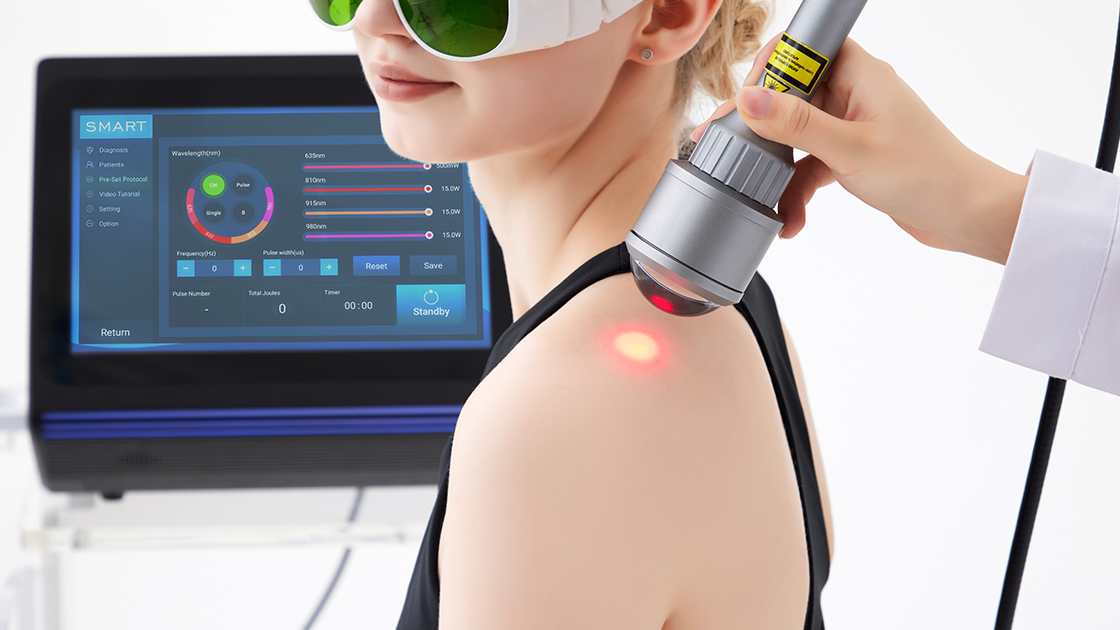Page Contents
Introduction to Laser Therapy in Physiotherapy
Laser therapy in physiotherapy uses focused light to promote healing and alleviate pain. It relies on photobiomodulation, where specific wavelengths of light penetrate tissues to stimulate cellular processes. This non-invasive, painless therapy attracts patients seeking relief from various conditions. With advancements in technology, different types of lasers—such as Class III and Class IV—now allow tailored treatments based on individual needs.
Indications for Use
Physiotherapists indicate laser therapy for various conditions. Commonly treated issues include acute and chronic pain, inflammation, and sports-related injuries. Conditions like arthritis, tendonitis, and carpal tunnel syndrome often improve significantly with this treatment. Laser therapy also aids in wound healing and tissue repair, benefiting post-surgical recovery. Its versatility allows physiotherapists to integrate it into treatment plans for diverse patient populations, enhancing overall care.
Therapeutic Benefits of Laser Therapy in Physiotherapy
Clinical studies document the therapeutic benefits of laser therapy. Researchers have demonstrated its effectiveness in reducing pain and inflammation while promoting tissue regeneration. Patients often report faster recovery times, decreased reliance on pain medications, and improved mobility. Laser therapy encourages the release of endorphins, natural pain relievers produced by the body, leading to a more holistic approach to pain management. Its non-invasive nature minimizes side effects, making it safer than more invasive treatments.
Treatment Process
The treatment process for laser therapy remains straightforward and patient-friendly. It begins with an initial assessment by the physiotherapist to determine the appropriate course of action based on the patient’s specific condition. During the session, the therapist targets the affected area with a laser. Each session typically lasts from 10 to 30 minutes, depending on the condition treated. Patients often feel a warm sensation during the procedure but report no discomfort. Therapists may recommend a series of sessions for optimal results and frequently monitor progress to adjust the treatment plan as needed.
Future Directions
As research evolves, the future of laser therapy in physiotherapy looks promising. Innovations in technology lead to the development of more advanced laser devices that enhance treatment efficacy and precision. Ongoing studies aim to expand the range of conditions treated with laser therapy, potentially integrating it with other therapeutic modalities for a comprehensive approach. Practitioners will likely focus on personalized treatment plans, tailoring therapies to individual patient needs. As awareness grows regarding the benefits of laser therapy, its adoption in physiotherapy practices is expected to rise, further solidifying its role in modern rehabilitation.
In conclusion, laser therapy represents a significant advancement in physiotherapy, offering effective solutions for pain management and tissue healing. With a growing body of evidence and expanding applications, laser therapy is set to become a staple in physiotherapy, enhancing patient outcomes and revolutionizing the treatment of various conditions.
